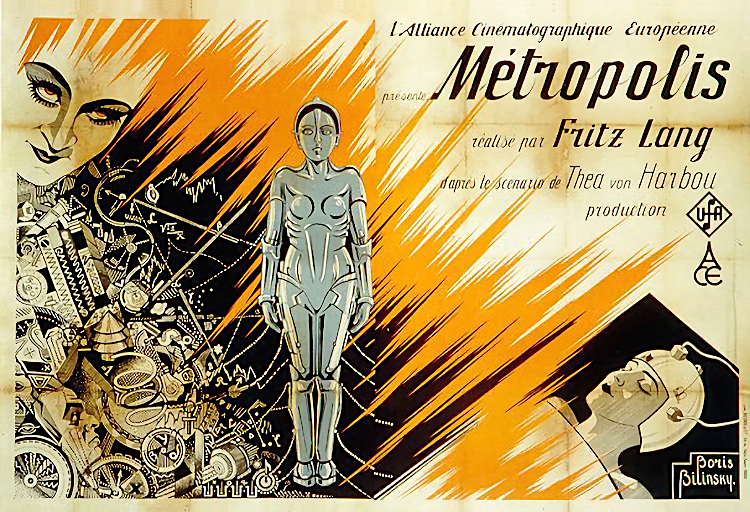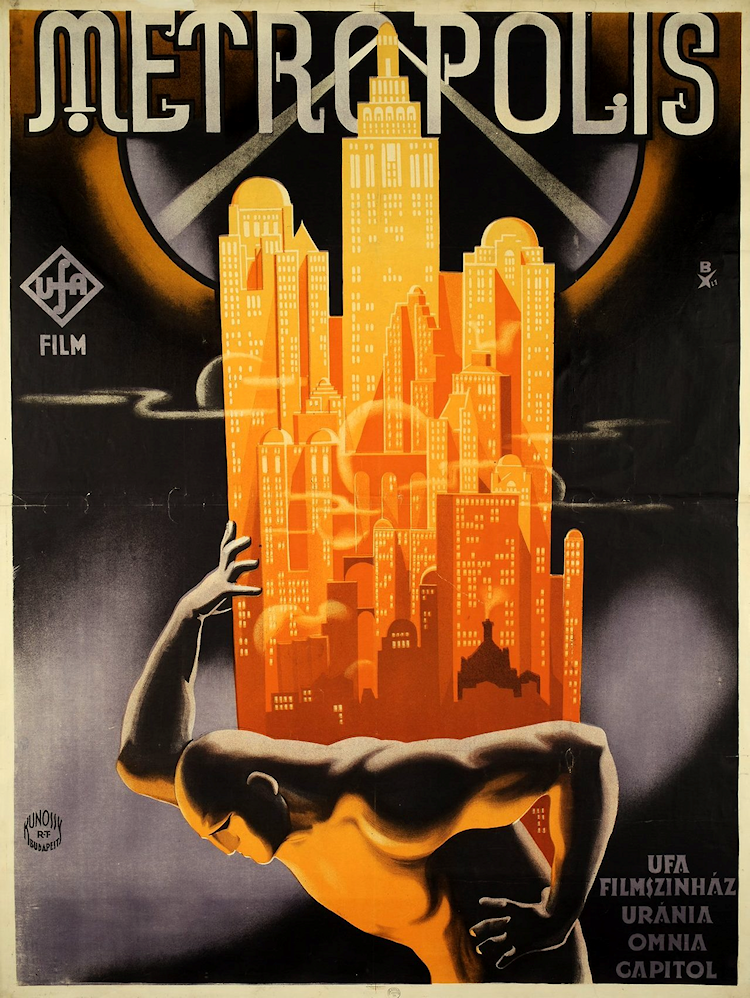Rare indeed is the ancient-history buff who has never dreamed of walking the roads of the Roman Empire. But unlike many longings stoked by interest in the distant past, that one can actually be fulfilled. As explained in the video above from Youtube channel Intrigued Mind, a fair few Roman roads remain in existence today, albeit only in sections, and mostly ruined ones at that. “Like other incredible monuments that still stand, as if to prove the power of the Roman Empire, there are a surprising number of Roman roads still in use today,” some converted into modern highways, but “many still paved with their original cobblestones.”
Of all such roads, none has more importance than the Via Appia, or Appian Way, whose construction began back in 312 BC. “The first long road outside of the greater city of Rome that wasn’t Etruscan,” it “allowed Romans to make their first major conquest” and begin their mighty empire’s “conquest of the world.” Without understanding the storied Via Appia, none of us can truly understand Roman history. But to grasp the context of the Roman Empire, we can hardly ignore the even older roads like the Via Domitia, which was “the road Hannibal used to invade Italy, 100 years before the Romans claimed it” — not to mention an important setting in the Greek myth of Heracles.
You can still cross one of the Via Domitia’s bridges, the Pont Julien in the south of France. In that same country stand the more-or-less intact Pont Flavian, originally built along the Via Julia Augusta, and the Pont du Gard, the most famous and elegant Roman aqueduct of them all. Nor should enthusiasts of Roman infrastructure miss the Alcantara Bridge in Spain, the Manfred Bridge in Germany, or the ruins of Trajan’s Bridge — made into ruins deliberately, by Trajan’s successor Hadrian — in Romania. The most serious among them will also want to go as far as the Middle East and travel the Via Maris, which connected Egypt to Syria, and the remains of the bridge across Caesar’s Dam in Iran.
Iran belonged, of course, not to the Roman Empire but the Persian one. But “legend has it that the Persian emperor captured the Roman emperor and forced him to use his army to build the dam and the beautiful bridge to cross it.” All was fair, it seems, in the expansion and conflict of ancient empires, and the ruins scattered across their vast former territories testify to that. Though much less technologically advanced than, say, modern freeway systems, the Roman roads that survive have proven surprisingly robust, a phenomenon examined in the video just above by history Youtuber Told in Stone — a Chicagoan, incidentally, who acknowledges that the Via Appia has never had to take a Windy City winter.
Related content:
The Roads of Ancient Rome Visualized in the Style of Modern Subway Maps
The Roman Roads of Britain Visualized as a Subway Map
Based in Seoul, Colin Marshall writes and broadcasts on cities, language, and culture. His projects include the Substack newsletter Books on Cities, the book The Stateless City: a Walk through 21st-Century Los Angeles and the video series The City in Cinema. Follow him on Twitter at @colinmarshall or on Facebook.








